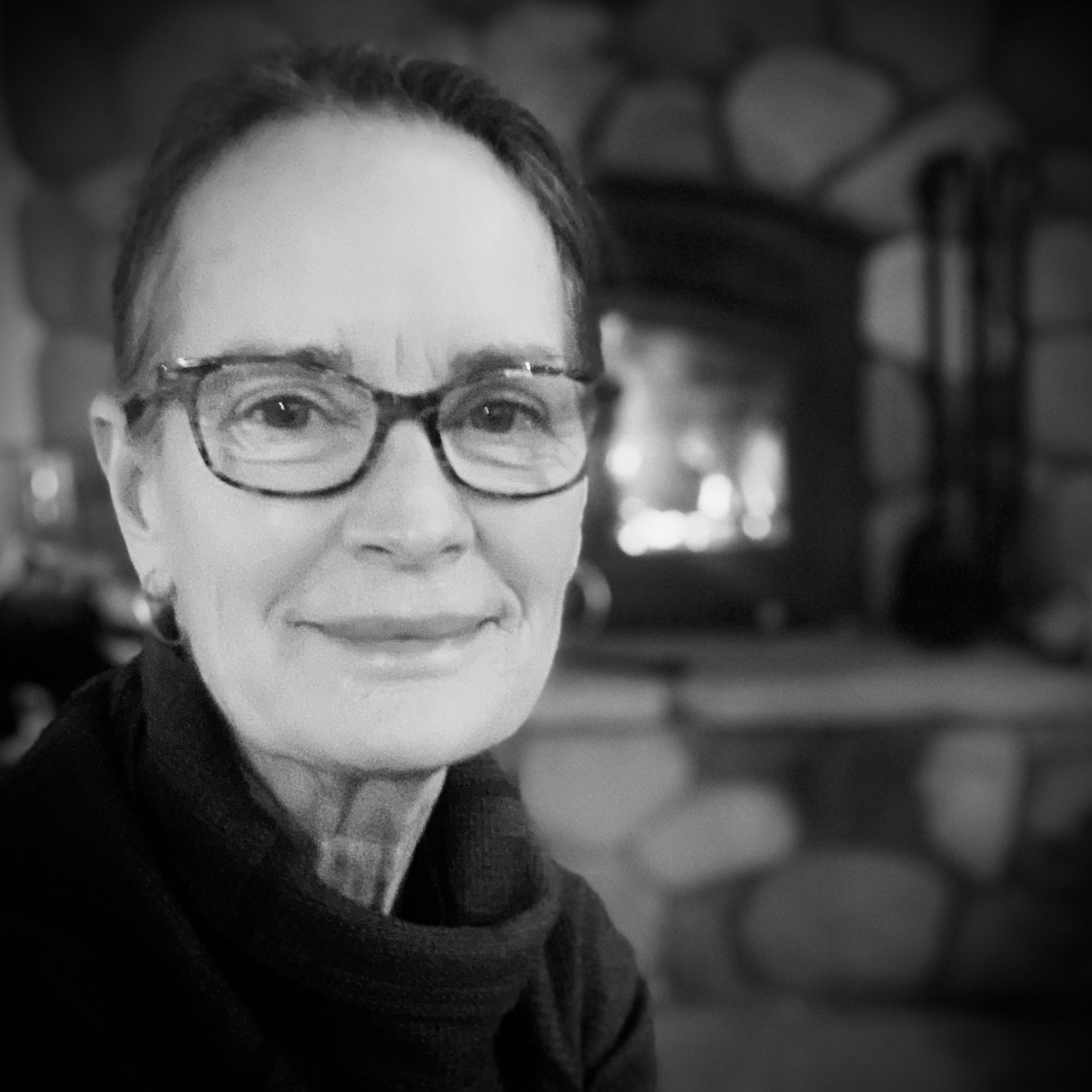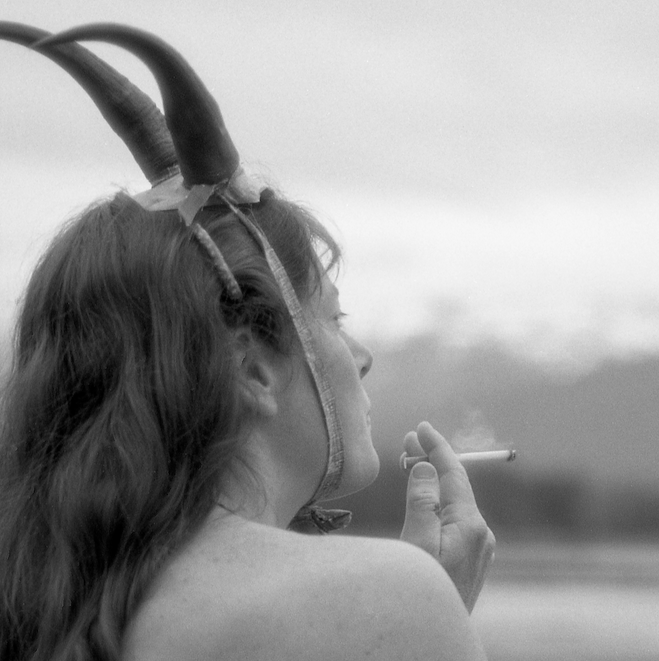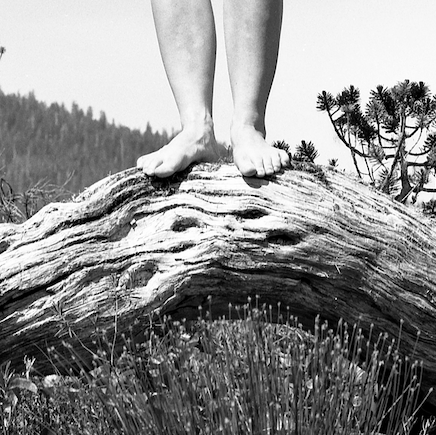This is participatory art as feminist resistance.
This is visual culture as a community record.
This is WOMEN OF BACKBONE.
It Started Here—And Keeps Going
Image courtesy of Clausen Memorial Museum
BACKBONE began in Petersburg (Séet Ká), a small island town at the tip of Mitkof Island, where the Wrangell Narrows meets Frederick Sound in the Tongass National Rainforest.
This is Lingit Aaní, the traditional territory of the Lingit people, whose relationship with these waters spans over 20,000 years. Shaped by ancient glaciers, this landscape of fjords, rock-strewn channels, and marine abundance has long provided vital fishing grounds, travel corridors, and cultural lifeways.
The Wrangell Narrows, with its maze of islands and tidal shifts, demands local knowledge to navigate. And just as the geography calls for skill and connection, so does the history. With the arrival of Russian fur traders in the 18th century and Norwegian settlers in the 19th century, the town grew into a commercial fishing community, where the industry continues to shape its pace and identity.
It was here in 1998 that 45 women from this close-knit community gathered to create a series of unclothed portraits—offering not just their images, but their voices, agency, and trust. Revisited in 2002 and again in 2024, the project has become a living archive of resistance, reflection, and place-based art.
Among the lichen-draped trees and shifting tides, BACKBONE became more than a photo series. It became a shared act of reclamation.
What reviewers are saying
“I went through your series several times. Each time I had chills going up my spine. The best of these images not only resonate in universal ways, but they tap into something that lives deep in the soul. Something that extends beyond gender binaries—though that is obviously important to your intentions–and jackhammers at the core of our collective humanity and fundamental need for autonomy.”
— LensCulture Reviewer, 2025*
*This excerpt comes from a LensCulture portfolio review of a 10-color image series selected from the 2024 Legacy shoots of the Women of BACKBONE project. All 10 images are featured in the book in black & white format.
“I will borrow a title from the Average White Band song ‘Work to Do’. Much needs to be done in elevating women to their rightful place in society as equals. The women of BACKBONE can lead the way.”
— Neil and Stephanie Sandvik, Ruth’s son and daughter-in-law, on behalf of the Estate of Ruth Sandvik
“Women of BACKBONE weaves together images and stories of rural Alaska women and presents us to the world. The beautiful photographs illustrate our strength, personal trauma, and limitless creativity; things that are often held within ourselves until one moment we become unbounded by something. I’m appreciative to be a part of this unique project with a cast of incredibly interesting women, including my own daughter, who grew up surrounded by the beauty of Séet Ká Kwáan.”
— BACKBONE Participant
About the artist
Bren Kleinfelder is a multi-disciplinary artist, photographer, writer, and researcher whose work explores the intersections of body, voice, and visual culture. With a background in education and journalism, she integrates alternative process photography, literary narrative, and participatory practice to create works that challenge the gaze and elevate collective agency. BACKBONE is her most sustained and intimate body of work.
A note from Bren—
“Art is about seeing and being seen—about claiming space for our true selves and standing together in that boldness. When I first photographed the WOMEN OF BACKBONE in 1998, I didn’t set out to make feminist art—I simply responded to what needed to change around me. Over time, these images became a visual protest, a celebration of choice, and a testament to collective strength. Again and again, these women showed up: lying on frozen ground, laughing in the rain, standing beside each other without shame or fear. They trusted me—and more importantly, they trusted each other.
Decades later, we returned to these images, reclaiming them on our own terms. Younger women joined, weaving new voices into this story of courage and community. Together, we pushed back against judgment and division and created a space for radical visibility and joy.
BACKBONE reminds us: representation isn’t granted, it’s claimed. Our bodies, our stories, our choices belong to us.
This project isn’t finished. It’s an invitation. Join us.”
Be a part of the work
Meet the Publisher, Summer Street Media
Summer Street Media is an independent publishing company founded by Bren Kleinfelder and her daughter, Madeleine Doerr. under the umbrella of BACKBONE LLC. Created to develop, self-publish, and distribute books, films, and other creative media, the company champions bold, authentic storytelling and art-driven projects.
What is Participatory Art?
Participatory art, in the context of the BACKBONE Project, is more than a method—it’s a philosophy.
Here, the women are not subjects; they are co-creators. Their choices, voices, and presence shape the work at every stage. This is art made with, not about.
Co-Creation Over Documentation
Choice and Consent as Creative Acts
A cornerstone of the project is the radical permission structure that allows women to say yes, no, or change their minds at any time. This practice transforms consent into a form of artistic collaboration and social commentary, underscoring autonomy and mutual respect.
BACKBONE is deeply rooted in the stories participants tell about their bodies, lives, and experiences, both in the moment and in reflection. These narratives—whether written, spoken, or embedded in the images themselves—extend the project beyond visual art into the realm of shared cultural storytelling.
Narrative Inclusion and Voice
The revisiting of BACKBONE after 26 years introduces a dialogue across time, showing how personal and political landscapes evolve. It also invites broader participation through public exhibitions, a forthcoming book, and the possibility of a global participatory component, where viewers can contribute their own responses or self-representations.
Temporal and Social Engagement
Through the act of being photographed in their natural form and standing together in solidarity, the women of BACKBONE make a collective statement about autonomy, visibility, aging, and body politics. Participatory art here becomes a tool for resistance, healing, and empowerment.
















